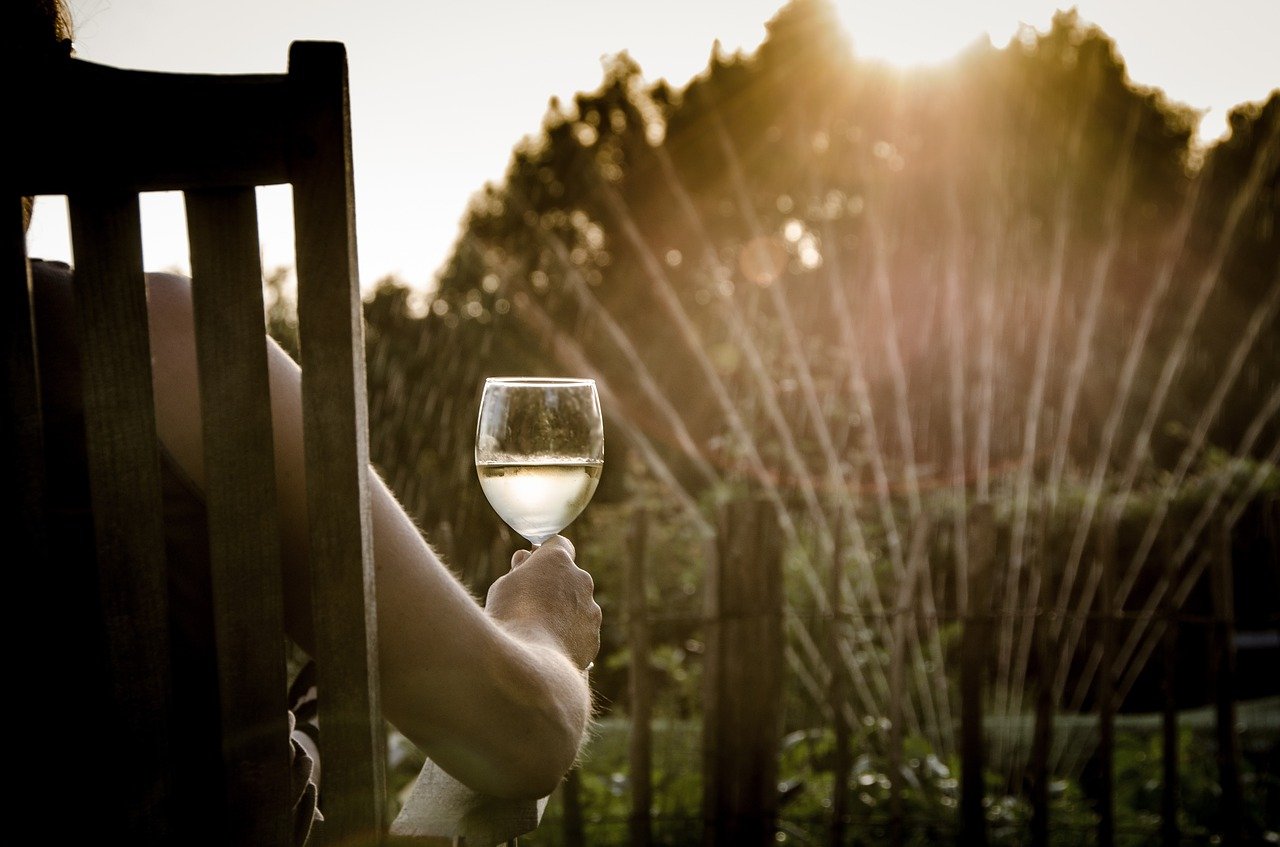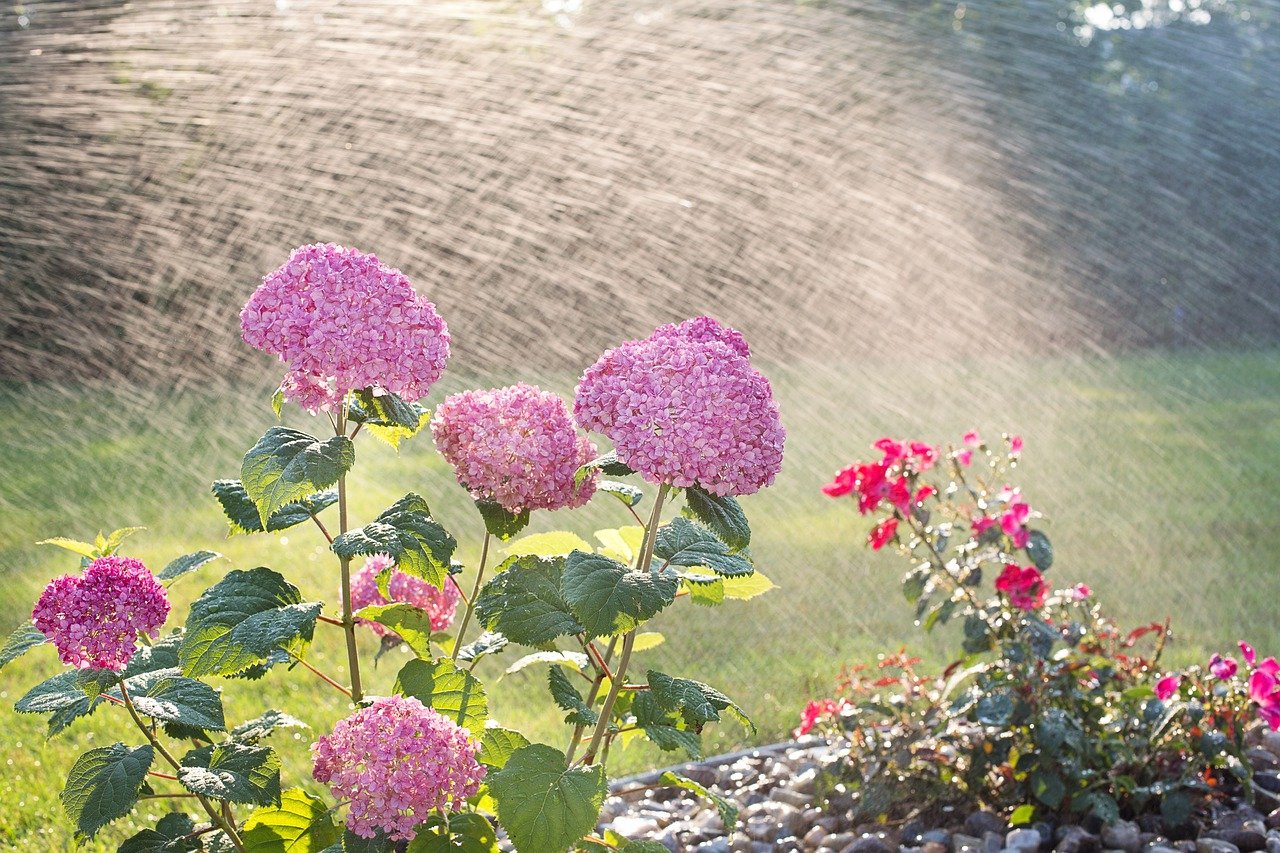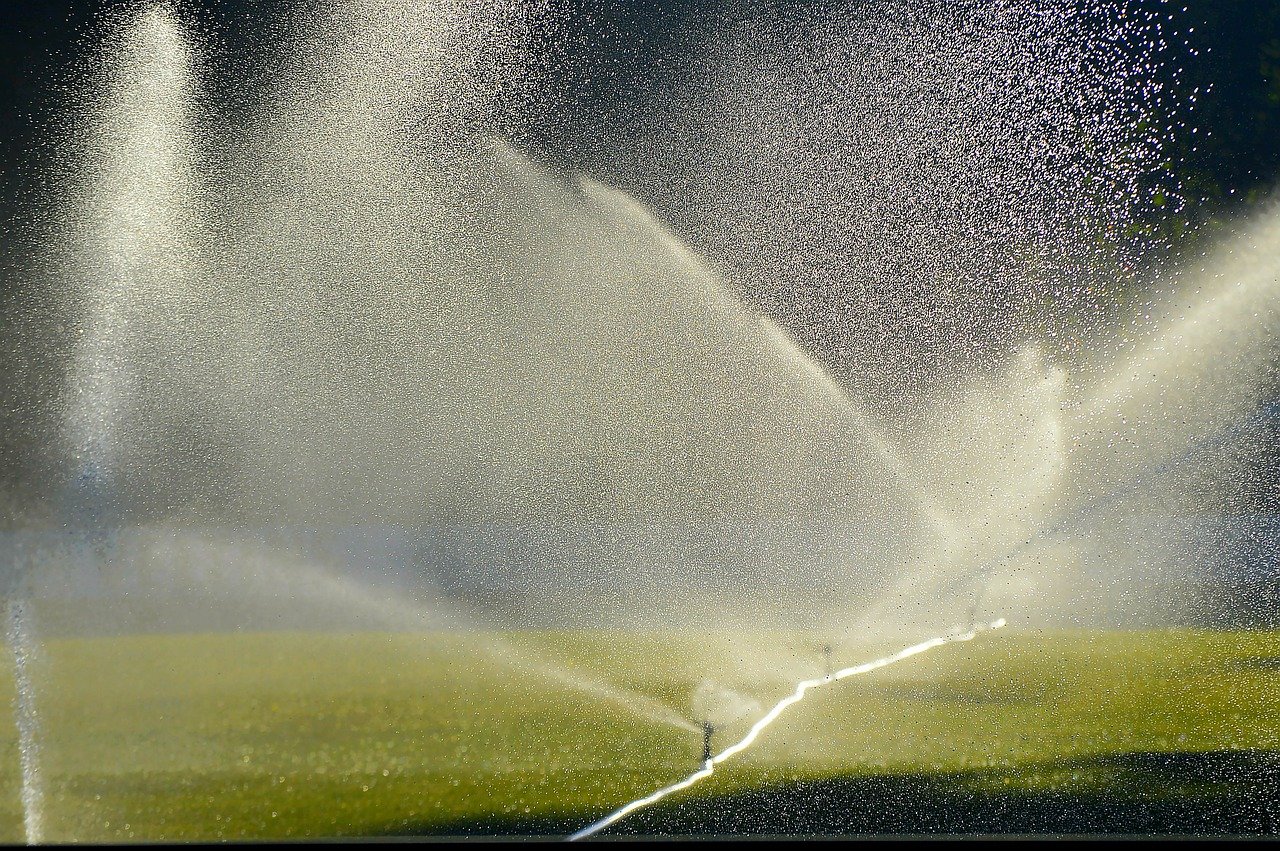One of the key constituents of maintaining a healthy landscape, whether in a private or a public garden, is effective irrigation.
When watered correctly, any landscaped area, be it a garden or lawn, becomes more resistant to pests and other horticultural problems. When you create a water-efficient lawn or garden irrigation system, you can create and maintain a beautifully landscaped area that benefits you, your ease of maintenance, and the environment too.
Bearing in mind that water conservation is an important issue, you need to create a water-efficient landscape. It starts with the right plant choice. Selecting the best plants that will adapt to the area will be beneficial in terms of creating a beautiful environment and helping to minimize water usage.
Basic Landscaping Tips
Choosing plants that are native to your local area normally means less maintenance and the use of smaller quantities of fertilizers, pesticides, and additional water. However, you must bear in mind that a newly established landscape will need more water than will an already established one.
It’s important to create a watering schedule in accordance with the needs of the plants. Efficient planning is crucial, as is the installation of the correct irrigation system. This will help to ensure that any plants and lawn areas are given just the right amount of water. Enough to allow everything to flourish without water wastage.
The secrets of watering lawns is about applying water infrequently but thoroughly. By doing this, you will create a deeper, better-rooted lawn that uses the water that is stored in the ground more efficiently.
The aim of a good landscape irrigation system is to ensure that any lawns, plants, and trees, are given sufficient water without any wastage. The most efficient way of achieving water conservation in any landscaped area is either to use a sprinkler or a drip irrigation system.
The Advantages and Disadvantages of Various Irrigation Systems
One way that you can prevent overwatering is by installing rain or soil moisture sensors that are able to override any automatic watering system as and when necessary. Rain sensors, as the name suggests, sense rainfall. Once a specific amount of water has been detected, it overrides any regular watering schedule and closes the system down.
Rain sensors are little devices that are usually cost less and are easier to install and maintain than the other type of popular devices - soil moisture sensors.
Soil moisture sensors can detect moisture at root-system level, which makes them much more accurate than rain sensors. They are more accurate in terms of measuring how much water your plants are getting, and therefore they offer potentially larger water-bill savings. The only problem is that they are somewhat more difficult to install and manage.
Let’s now take a quick look at the two main types of landscape irrigation systems, namely sprinklers and drip irrigation systems.
Sprinkler systems
Here is a quick overview of sprinkler systems in general.
- They can cover large, landscaped areas.
- A manual sprinkler system means that you have to open the valve, time the watering operation, and then close the valve yourself.
- Automated sprinkler systems have the advantage of being operated by programmable controllers.
- It is important to remember to set automated sprinkler systems correctly and adjust them accordingly as changing conditions demand.
- By setting an automated sprinkler system to water early in the morning, you will reduce the rate of water evaporation.
- If you find that the water runs off the landscape surface, you should split the watering operation into two or more sessions.
- If the area receives sufficient water from rain, don’t forget to adjust or turn off your system.
Drip irrigation
Drip irrigation is more efficient than sprinkler driven systems in certain situations.
- Drip irrigation is excellent for smaller landscaped areas or individual plants.
- It is extremely effective at delivering 1 to 4 gallons of water per hour straight onto or into the soil.
- The advantage that drip irrigation systems hold over sprinkler systems is that they waste less water due to evaporation or excess run-off.
- Drip irrigation systems are excellent for mulched areas because they deliver the water into the soil without washing away the mulch.
Landscape Irrigation By the Numbers
If you follow these three steps when working out a watering plan, you won’t go far wrong.
- Figure out how much water your plants require.
- Work out how much water each section of your watering system delivers.
- Match the plants’ needs with the output of the watering system.
Landscaping Tips
If you are watering shrubs and trees, you shouldn't water next to the trunk or on the plant's leaves. Neither of these things carry any water to the roots. It is better to water at the edge of the leaf canopy - an area referred to as the "drip line." It is where the roots are.
If you employ drip irrigation, place the emitters along this drip line. If you are watering by hand, you should contour the landscape to enable water to collect at the drip line of any shrubs and trees.
Smart Irrigation Systems
You can now purchase smart irrigation systems that benefit the homeowner in terms of water conservation and making garden and landscape irrigation more efficient and easier to manage.
Whereas once-upon-a-time you had to rely on basic timers for turning your irrigation system on and off, the systems available today use sensors to monitor ground moisture. They collect data from plant care resources and weather forecasts to establish when and how much water should be delivered for optimum plant care. You can even monitor and regulate them via a smartphone.
The age of the smart gardener, with intelligent irrigation systems is upon us. Not only does it make gardening and landscaping more enjoyable, and provide better results in terms of plant health and longevity, but it also helps to conserve our precious, limited water supplies.



